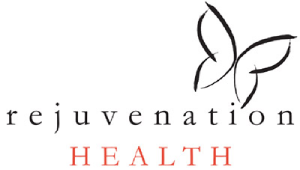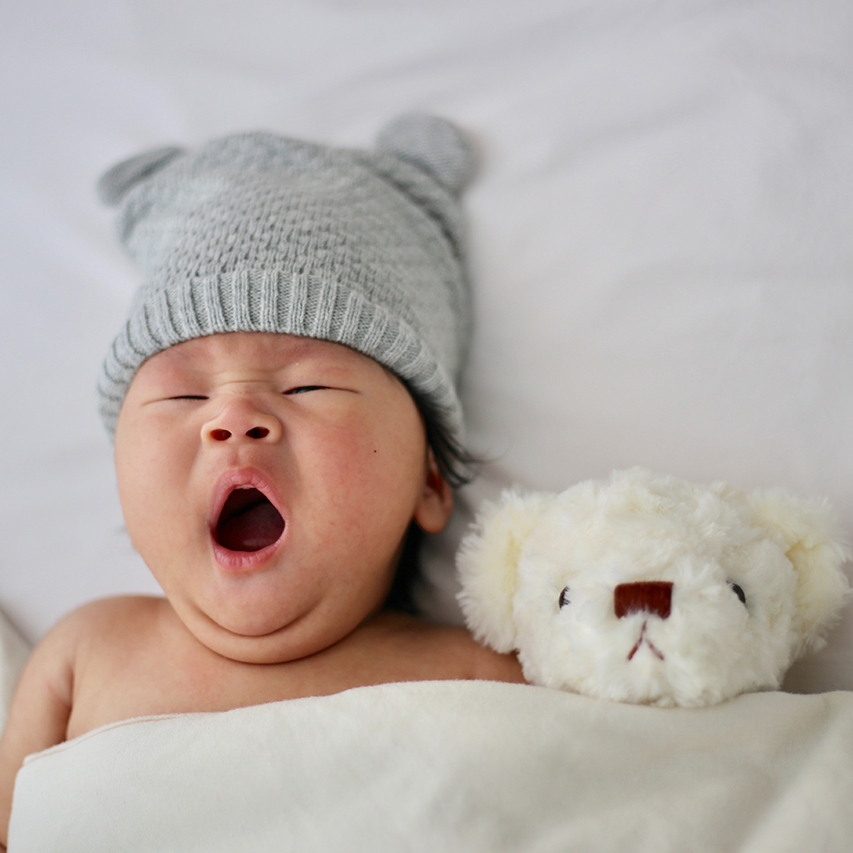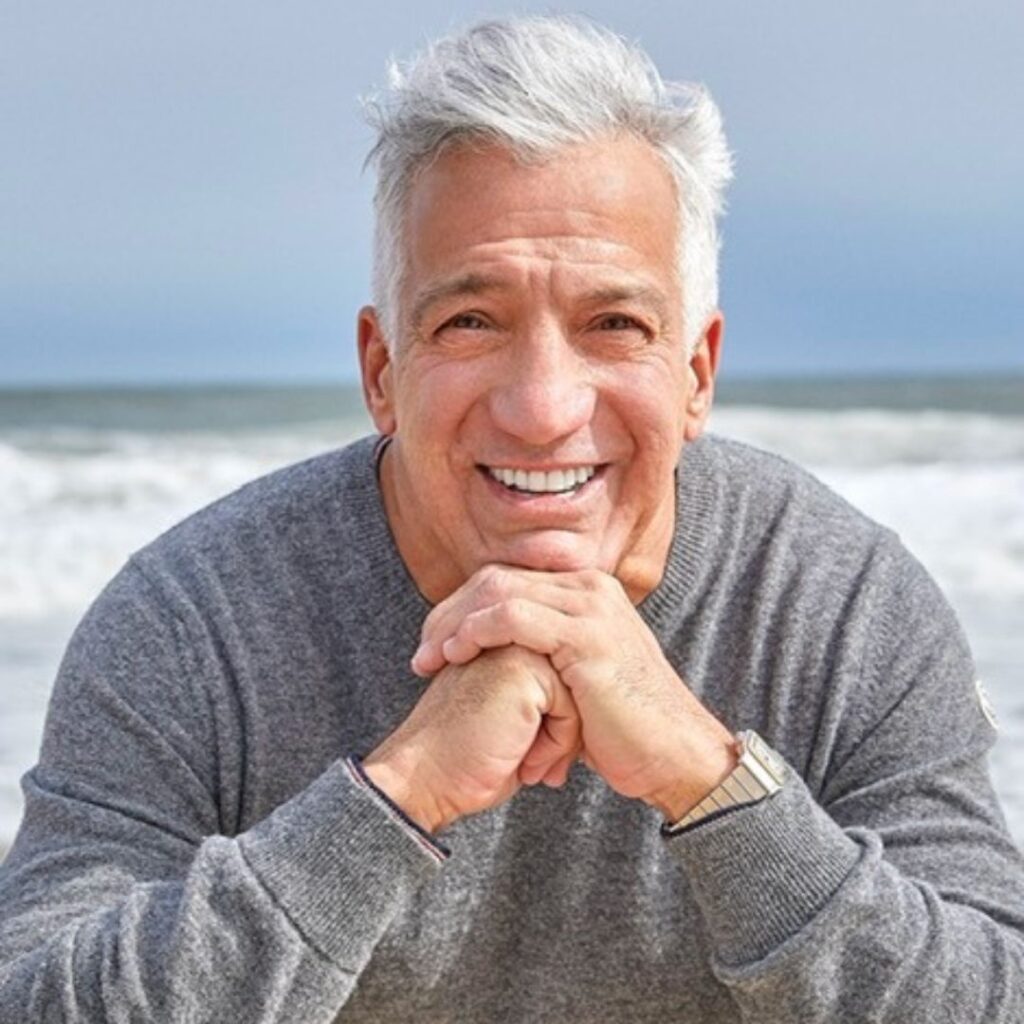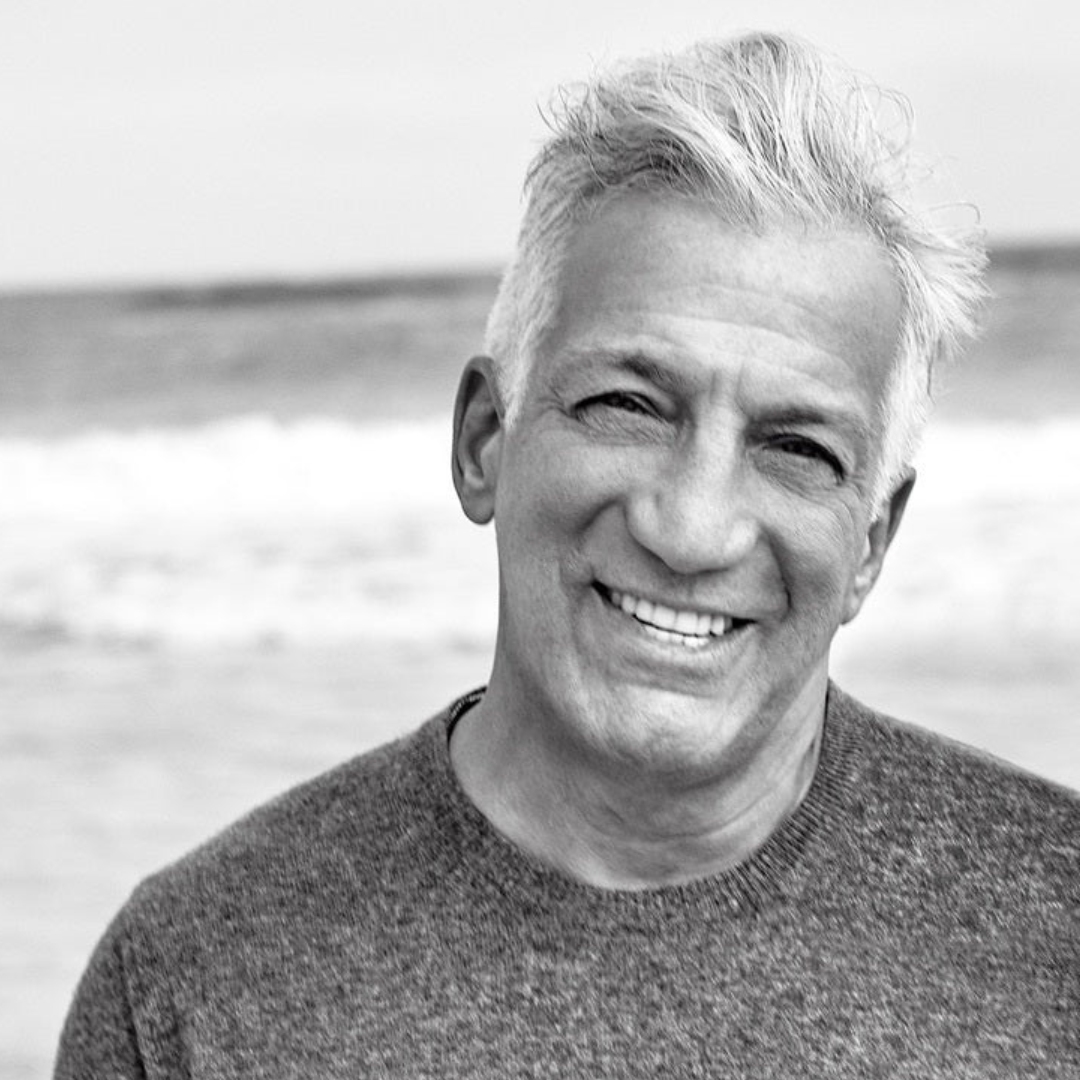Sleep apnea is a sleep disorder where patients repeatedly stop breathing for short periods, usually 10 to 30 seconds. During these apneic episodes, the patient’s blood oxygen levels plummet, and the body and brain don’t get the oxygen they need to keep functioning.
Sleep apnea symptoms vary from patient to patient and depend on the type of sleep apnea the patient has. All sleep apnea patients will experience the symptoms or side effects of low oxygen while they sleep, which can have an immensely negative effect on their daily lives.
Symptoms Of Sleep Apnea
What are some sleep apnea symptoms? Some sleep apnea symptoms are dry mouth, excessive daytime sleepiness, loud snoring, and sore throat.
Many of the significant sleep apnea symptoms occur because sleep apnea patients don’t get restful sleep. They experience sleep deprivation even if they’re in bed for 8 hours or more each night because their sleep is disrupted when they stop breathing.
These patients can’t breathe in the oxygen their bodies need and breathe out carbon dioxide. The result is hypoxemia, or low blood oxygen levels, which can turn into hypoxia, or low oxygen levels in tissue if the patient doesn’t start to breathe normally again.
In addition to the symptoms listed above, signs of sleep apnea include:
- Frequent nighttime awakenings
- Morning headaches
- Difficulty concentrating throughout the day
- Poor mood and emotional regulation
- Inability to concentrate
Symptoms Of Obstructive Sleep Apnea
Obstructive sleep apnea is the most common type of sleep apnea. Common symptoms of obstructive sleep apnea are:
- Loud snoring, mainly if it’s loud enough to wake your bed partner
- Tooth grinding (bruxism)
- Sleeping with the mouth open
- Periods of no breathing during sleep
- Waking up gasping for air or choking
Children can also develop obstructive sleep apnea. Children’s sleep apnea is often mistaken for ADHD because sleep deprivation manifests itself with the same significant symptoms as ADHD: inattention, trouble focusing, poor emotional regulation, and other mood problems.
Symptoms Of Central Sleep Apnea
Central sleep apnea is another primary type of sleep apnea. Unique symptoms of central sleep apnea are:
- Periods of time during sleep when the patient stops breathing
- Shallow breathing, particularly during sleep
- Waking up feeling short of breath
How would I know if I had sleep apnea? You would know if you had sleep apnea if you felt excessively tired every day and experienced other symptoms of sleep deprivation, snored very loudly, frequently breathed through your mouth, and experienced other sleep apnea symptoms.
Is it dangerous to not treat sleep apnea? Yes, it is dangerous to not treat sleep apnea because untreated sleep apnea can lead to serious chronic illnesses like type 2 diabetes, heart disease, or even a heart attack. Sleep apnea is a serious medical condition that requires prompt treatment.
3 Types Of Sleep Apnea
What are the 3 types of sleep apnea? The 3 types of sleep apnea are:
- Obstructive sleep apnea (OSA)
- Central sleep apnea (CSA)
- Mixed sleep apnea
Obstructive Sleep Apnea
OSA occurs when the airway narrows or becomes blocked during sleep. The narrowing can happen for a number of reasons, including:
- The muscles and soft tissues at the back of the throat relax too much
- The anatomical structure of the upper airway (nose, mouth, soft palate, and throat) is too narrow
- Medications, alcohol, or genetics allow the throat muscles to relax too much during sleep
All of these conditions make it easier for the airway to constrict or block airflow during sleep, leading to OSA.
Central Sleep Apnea
Central sleep apnea happens when a patient’s brain and breathing muscles don’t work together properly. Often the diaphragm and other muscles that control breathing don’t react properly when the brain tells them to move, which leads to breathing problems.
As they sleep, patients with CSA may experience shallow breathing, leading the lungs to take in too little oxygen, or they may stop breathing altogether for periods. The result is the same as OSA: the body doesn’t get the oxygen it needs to function.
What’s the difference between obstructive sleep apnea and central sleep apnea? The difference between obstructive sleep apnea and central sleep apnea is why the patient stops breathing: a blocked airway (OSA) or poor signaling from the brain (CSA).
Mixed Sleep Apnea
Mixed sleep apnea occurs when patients have both central sleep apnea and obstructive sleep apnea. It’s sometimes also referred to as complex sleep apnea. Treatments for mixed sleep apnea must address both causes to be effective.
These patients often appear to have OSA only, but when treated for OSA with common therapies like CPAP treatment, CSA symptoms begin to arise. Switching from CPAP to an adaptive servo-ventilation machine for treatment usually helps these patients.
Risk Factors For Sleep Apnea
There are numerous causes of sleep apnea, and multiple risk factors can have an additive effect and put a patient at a much higher risk of developing sleep apnea.
Major risk factors for sleep apnea include:
- Obesity: Excess weight can constrict the airway and block airflow during sleep.
- Nasal congestion: Nasal congestion due to allergies, anatomy, or sinus problems blocks airflow through the nose and exacerbates OSA.
- Narrow airway anatomy: A patient’s unique anatomy makes their airway narrower than average. It’s easier for these patients to experience OSA because the airway is constricted, to begin with.
- Enlarged tonsils and/or adenoids: Enlarged tonsils and/or adenoids narrow the airway and make it more likely that the airway will become obstructed during sleep.
- Family history: If you have a family history of sleep apnea, chances are you may also have anatomy and/or physiology that puts you at risk of developing sleep apnea.
- Menopause: Post-menopausal women are more likely to have sleep apnea.
- Opioid use: Chronic opioid use affects the brain’s ability to send signals to the body’s breathing muscles, which can result in CSA.
- Using alcohol and/or sedatives: Alcohol and sedatives can cause the muscles in the upper airway to relax too much, leading to OSA.
- Heart failure: Patients with heart failure are more sensitive to carbon dioxide in the blood, which can lead to CSA in some patients.
What happens if you don’t treat sleep apnea? If you don’t treat sleep apnea, it can lead to serious side effects and chronic health problems, including type 2 diabetes, hypertension (high blood pressure), heart disease, heart failure, and heart attacks.
Diagnosing Sleep Apnea
Sleep apnea is diagnosed by healthcare professionals conducting a sleep study. These professionals include dentists, sleep specialists, otolaryngologists, and sleep medicine practitioners.
Medical professionals use a particular test called a sleep study to diagnose sleep apnea. In a sleep study, the patient is hooked up to a device that measures breathing pauses and patterns, heart rate, and blood oxygen saturation. Brain activity and muscle movements may also be monitored.
There are two main types of sleep tests: overnight sleep studies and at-home tests. At-home tests involve wearing a device on the hand or wrist and sleeping in the comfort of your own home and bed.
Some patients require an overnight sleep study in a clinical setting. Sleep specialists are able to use more advanced equipment for these studies that can record more detailed data. Many patients struggle to sleep away from home, however, which can make these studies difficult.
A medical professional will look over the data from the sleep study and analyze it to make a diagnosis.
Sleep Apnea Treatment
Sleep apnea is a severe condition, but it’s also very treatable. Patients with sleep apnea should work closely with airway health experts to find a treatment plan that addresses their unique needs and diagnosis.
Common treatments for sleep apnea include:
- Continuous positive airway pressure (CPAP) devices: CPAP therapy uses a CPAP machine to pressurize your airway, which helps you keep breathing as you sleep. Your doctor may alternatively prescribe a similar device like a bilevel PAP (BiPAP).
- Oral appliances and mouthpieces: Oral appliances (such as the DNA appliance) and mouthpieces help hold the lower jaw and tongue in a position that keeps the airway open.
- Avoid back sleeping: Sleeping on the back can cause the tongue and other soft tissues to collapse toward the back of the throat, causing apneic episodes.
- Treat nasal congestion: Patients with nasal congestion should use nasal sprays, antihistamines, air filters, and other methods to treat their congestion to make nasal breathing easier. Nasal breathing reduces the risk of sleep apnea.
- Lose excess weight: Certain lifestyle changes like weight loss can reduce airway blockage, which in turn can alleviate or even cure sleep apnea.
- Avoid alcohol and sedatives: Patients should also avoid alcohol and sedatives before sleeping, which can also exacerbate sleep apnea.
Some patients may require surgery to treat sleep apnea, such as patients with large adenoids or tonsils that block the airway during sleep. Surgery can widen the patient’s airway and create anatomical changes that keep the throat from collapsing as they sleep.
How can I treat sleep apnea? You can treat sleep apnea by treating its root cause. The best treatments for obstructive sleep apnea, the most common type of sleep apnea, help keep the airway open during sleep so you can continue to breathe.
Concerned with sleep apnea? Let’s talk.
Untreated sleep apnea is incredibly dangerous. If you have any of the common symptoms of sleep apnea or if you’re at increased risk of developing sleep apnea, contact us right away.
Make an appointment at our Manhattan or East Hampton offices to discuss treatment options for your sleep apnea or how we can help diagnose sleep apnea from the comfort of your home.




